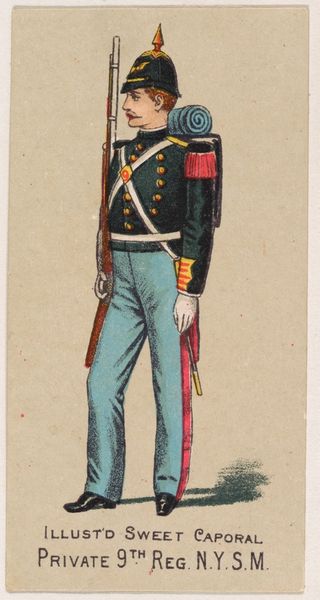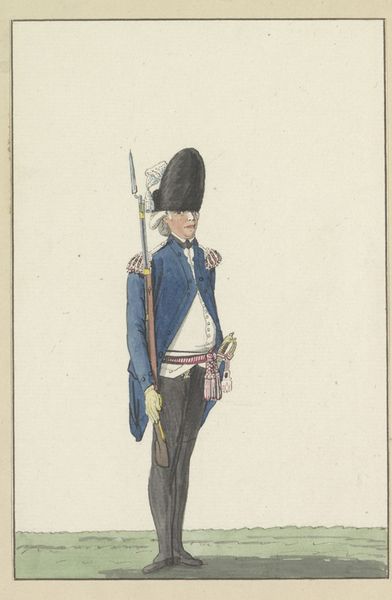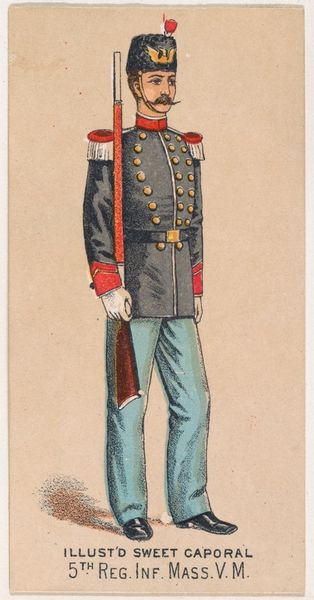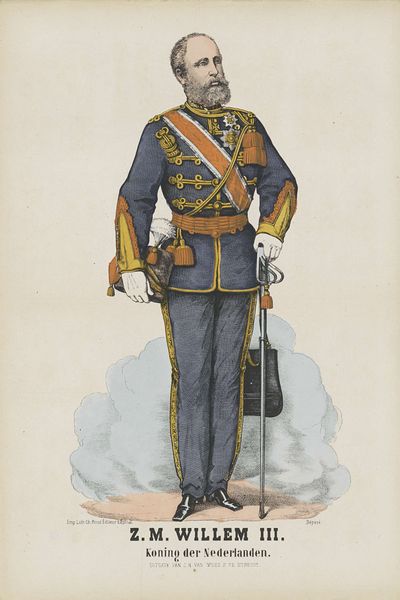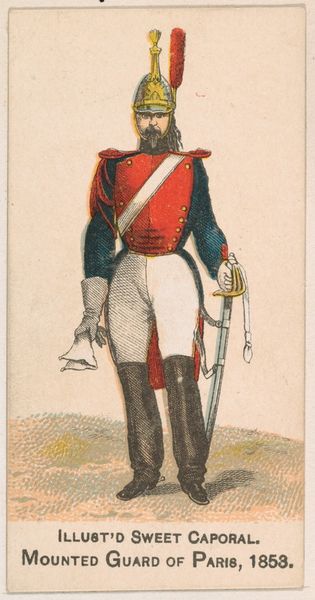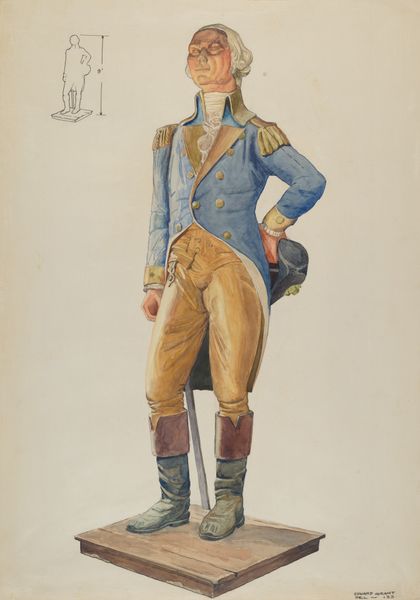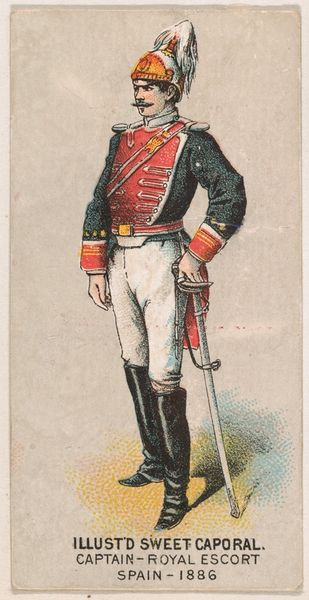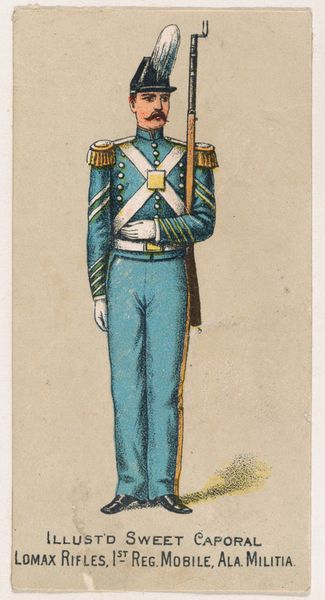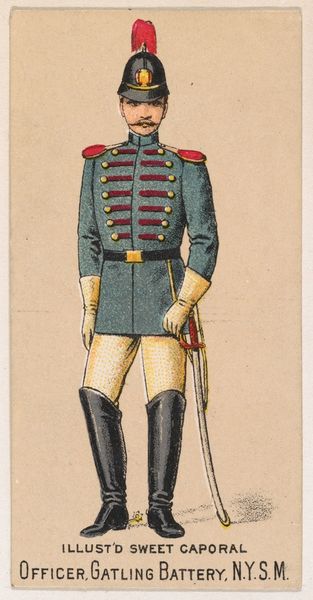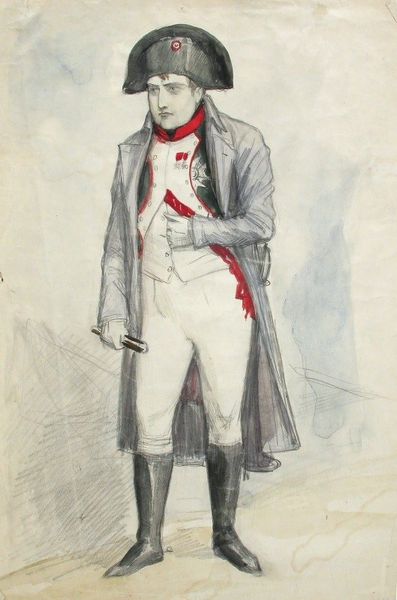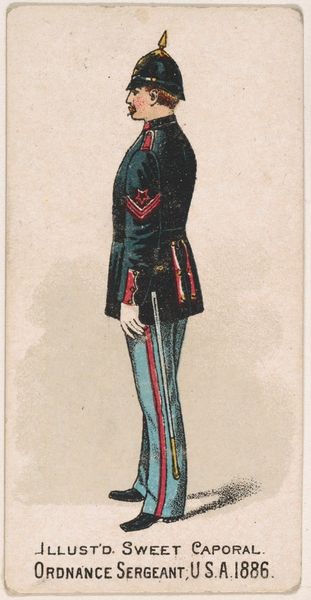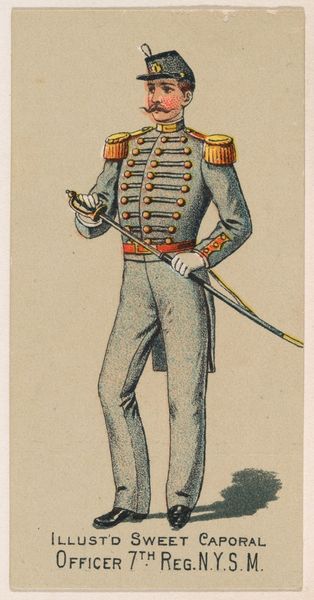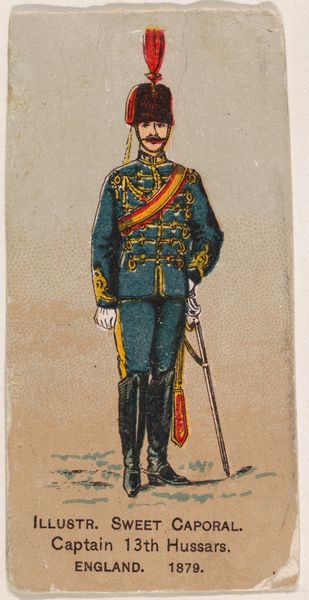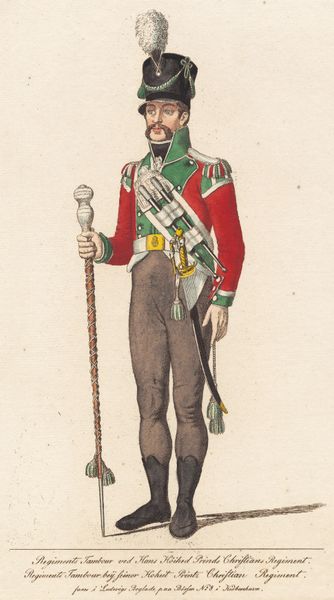
drawing, paper, pencil
#
portrait
#
drawing
#
pencil sketch
#
paper
#
pencil drawing
#
sketch
#
pencil
#
costume
#
russian-avant-garde
#
portrait drawing
#
academic-art
#
realism
Copyright: Public domain
Curator: Kustodiev's "Policeman Zhigunov," sketched in 1911, hits me like a half-forgotten dream. All faded blues and gentle greys... Like it remembers another time and wants me to see it, too. Editor: Immediately I'm struck by the stark contrast. A policeman, symbol of state power, rendered in the humble materials of paper and pencil. There's an inherent tension between subject and medium. Curator: Yes, the everyday made ethereal! That uniform, normally so rigid and imposing, is softened. It's almost like he's a character in a play. Kustodiev makes me wonder: what dreams does a policeman have? Editor: Or perhaps the more crucial question is, how does the production of images like this reinforce social structures? Uniforms represent industrial tailoring. How much did it cost to clothe this person? What kind of paper was used for the sketch, and who had access to it? It's all linked. Curator: Good point. But what captivates me is how light and airy the image feels. Look how quickly it’s done. There's a second, fainter study there on the right. Kustodiev almost dances across the page. I picture him whistling to himself. Editor: Well, "whistling" is perhaps a bit romantic. Sketches like this weren't mere whimsy. The pencil, the paper, and even the act of sketching—they're products of industry. Kustodiev's labor is part of a larger network of production and consumption. Curator: Sure, and isn't all art just an agreement between ourselves and the materials we are in dialog with? What about the artist's heart that transforms industry to a song. This work hints at the human behind the uniform. Editor: Indeed, but let's consider also what stories the production chain omits, what silences are embedded in the pencil lines and the weave of the paper. Who made it? Where did they work? What was the social value in representing Zhigunov this way? Curator: That tension between official representation and fleeting humanity gives me much to consider, and even more to feel. Editor: And for me, an awareness of the social and economic dynamics beneath the surface enriches my experience of the piece. The process helps bring new insights into view.
Comments
No comments
Be the first to comment and join the conversation on the ultimate creative platform.
